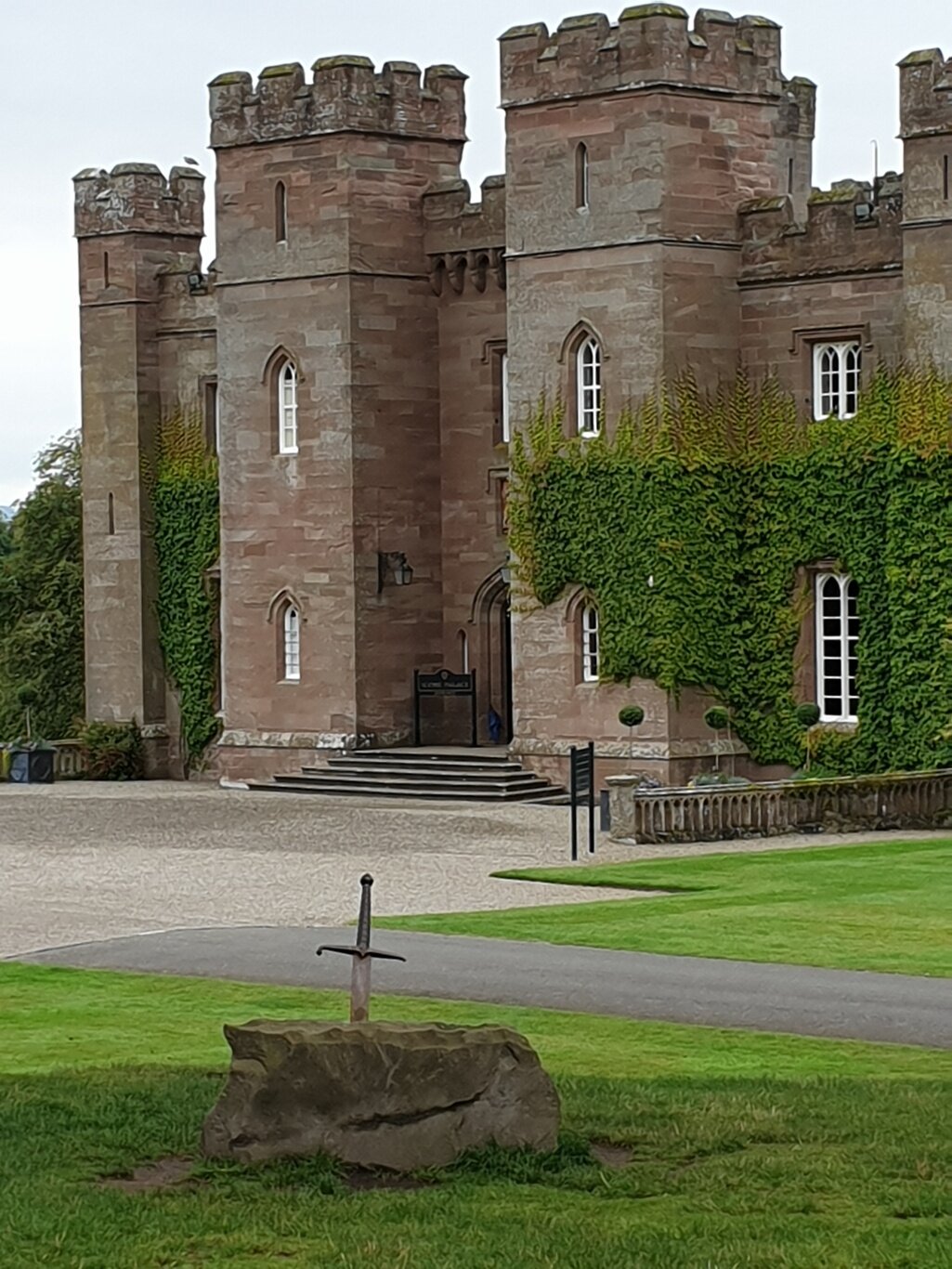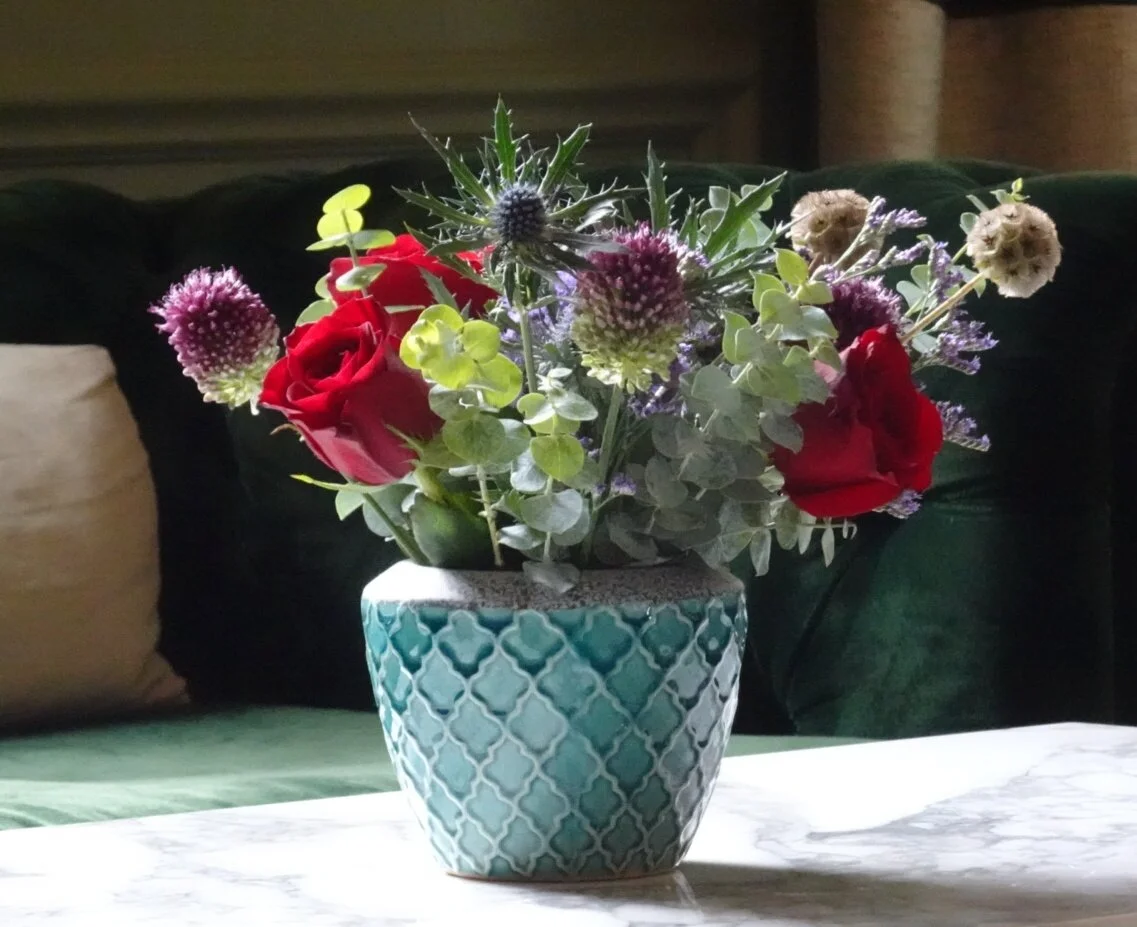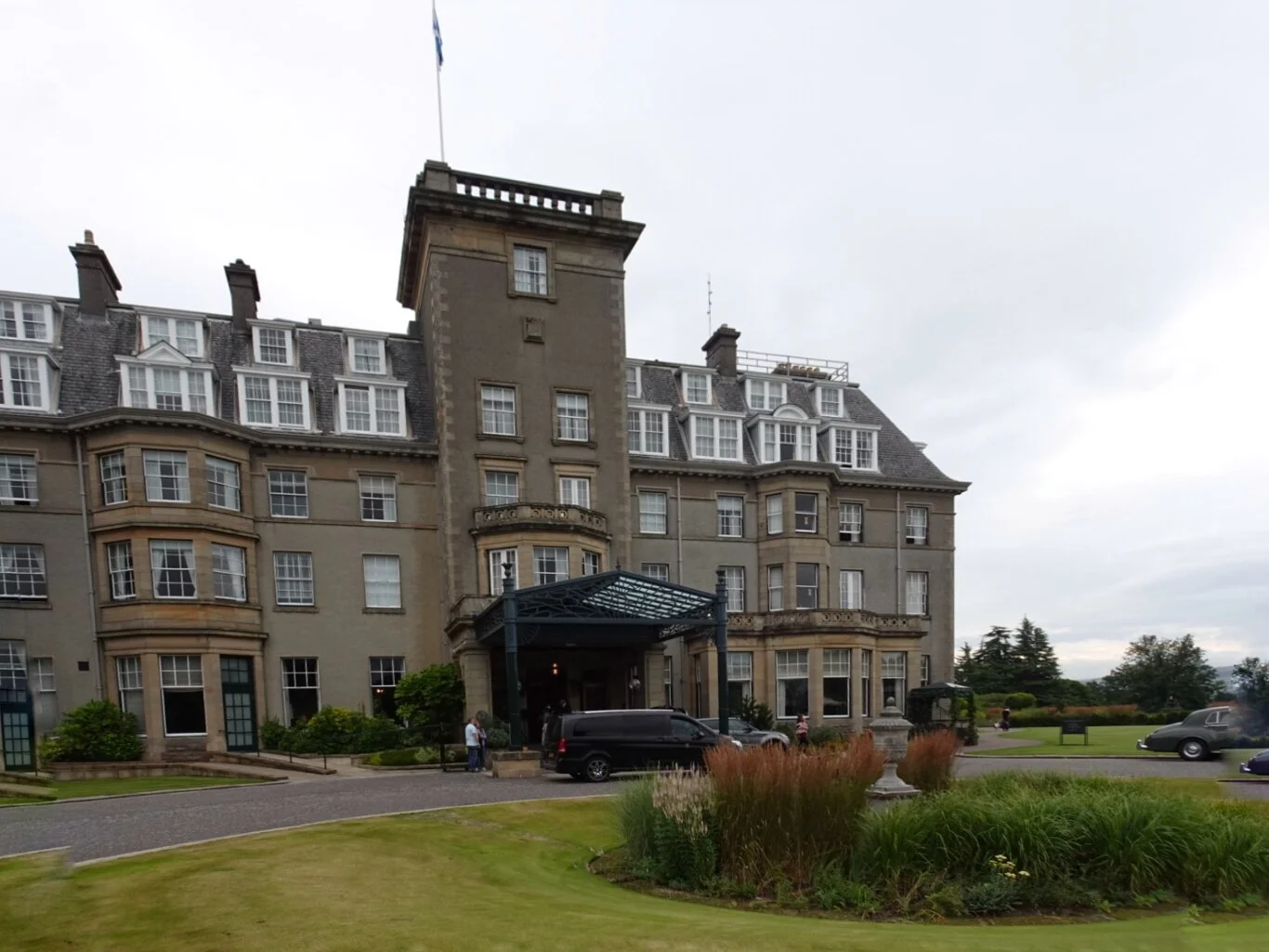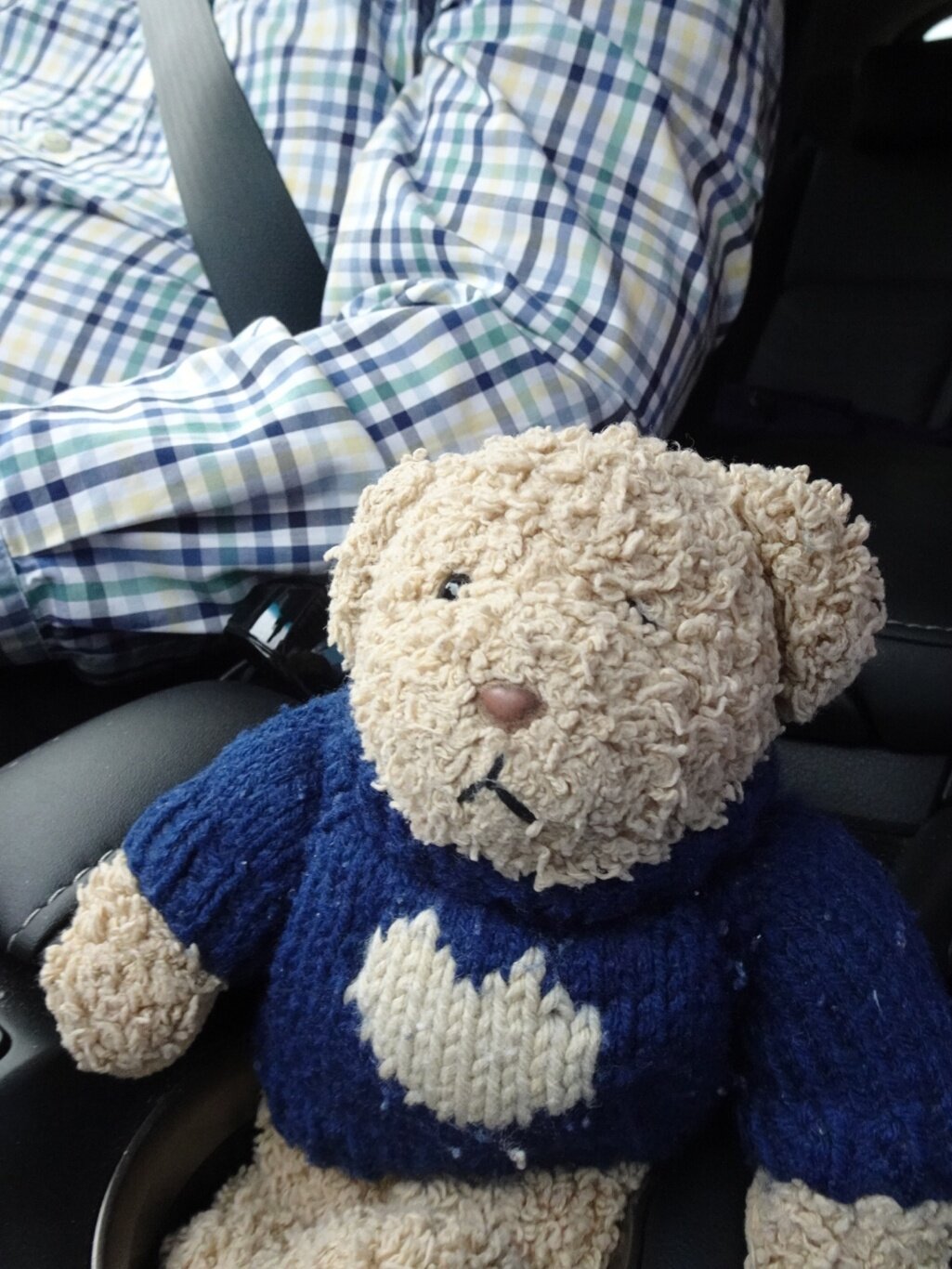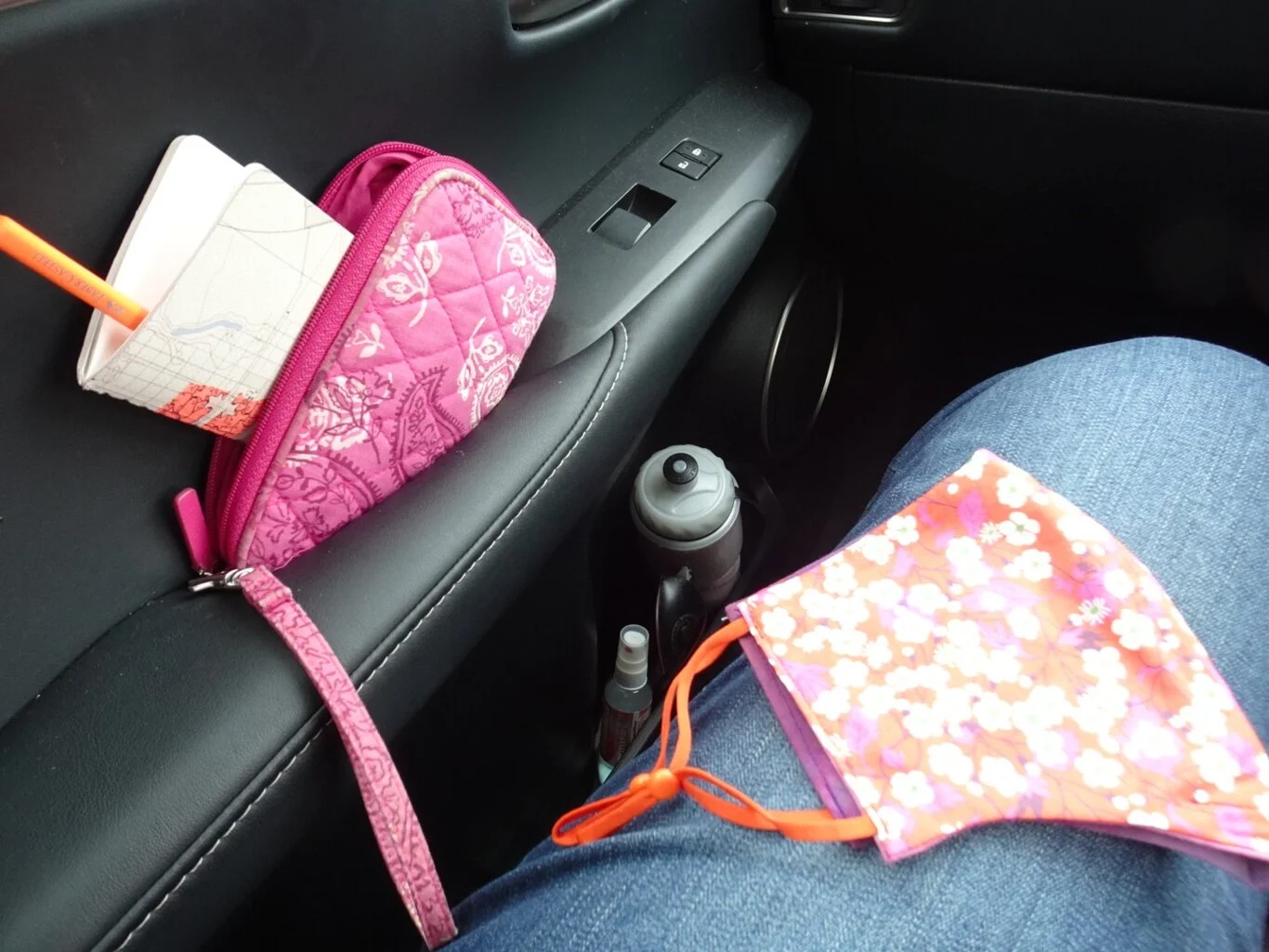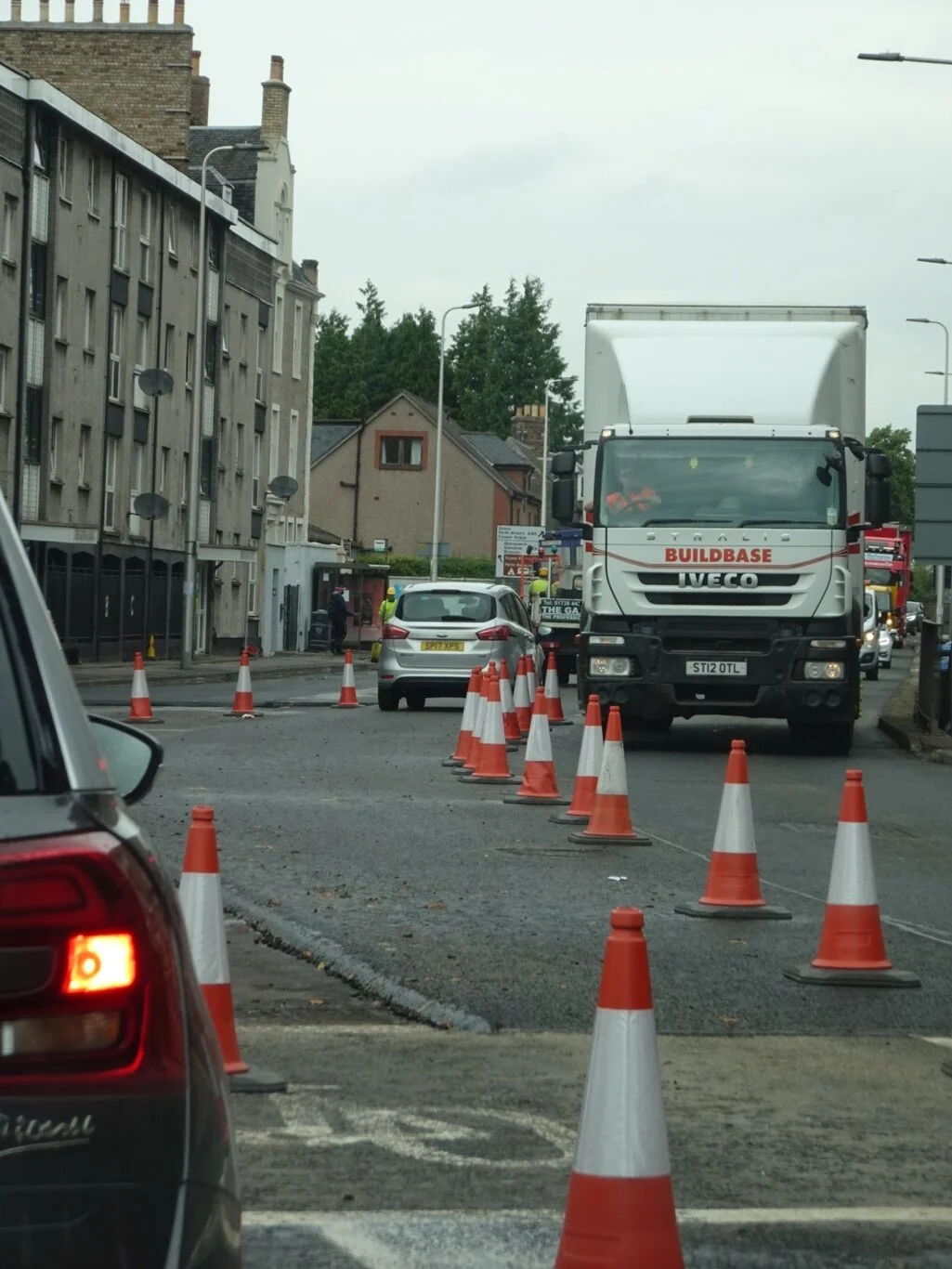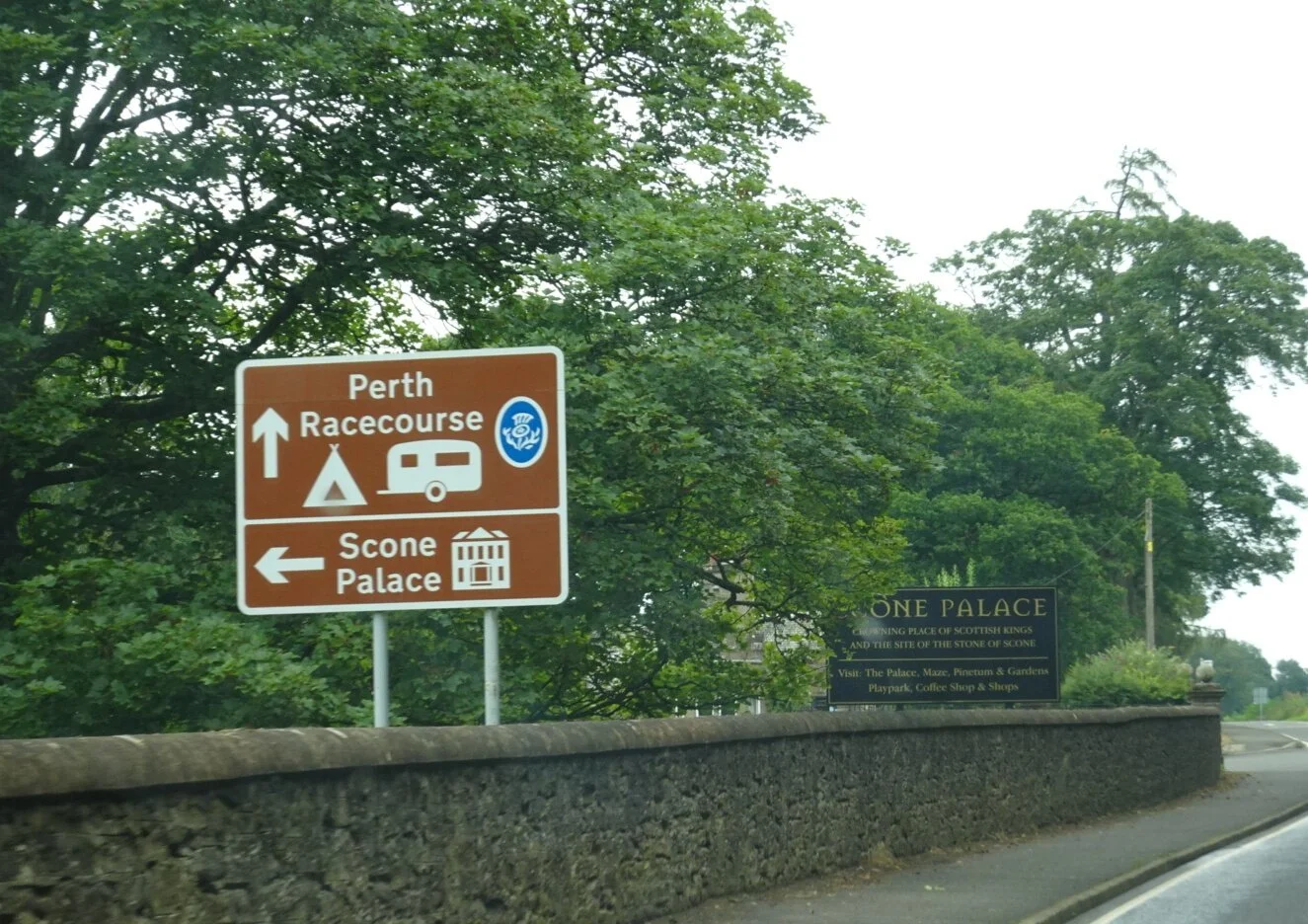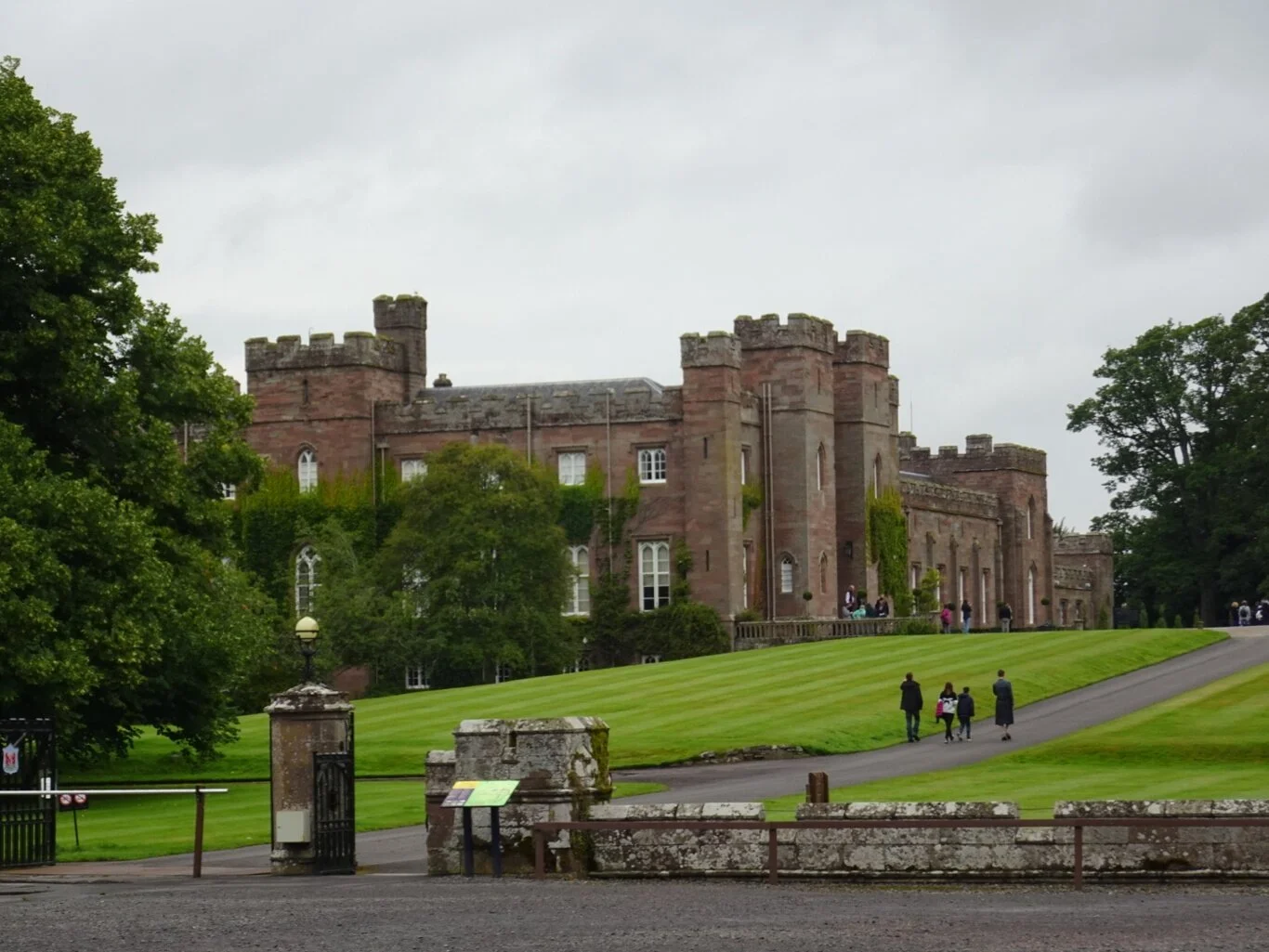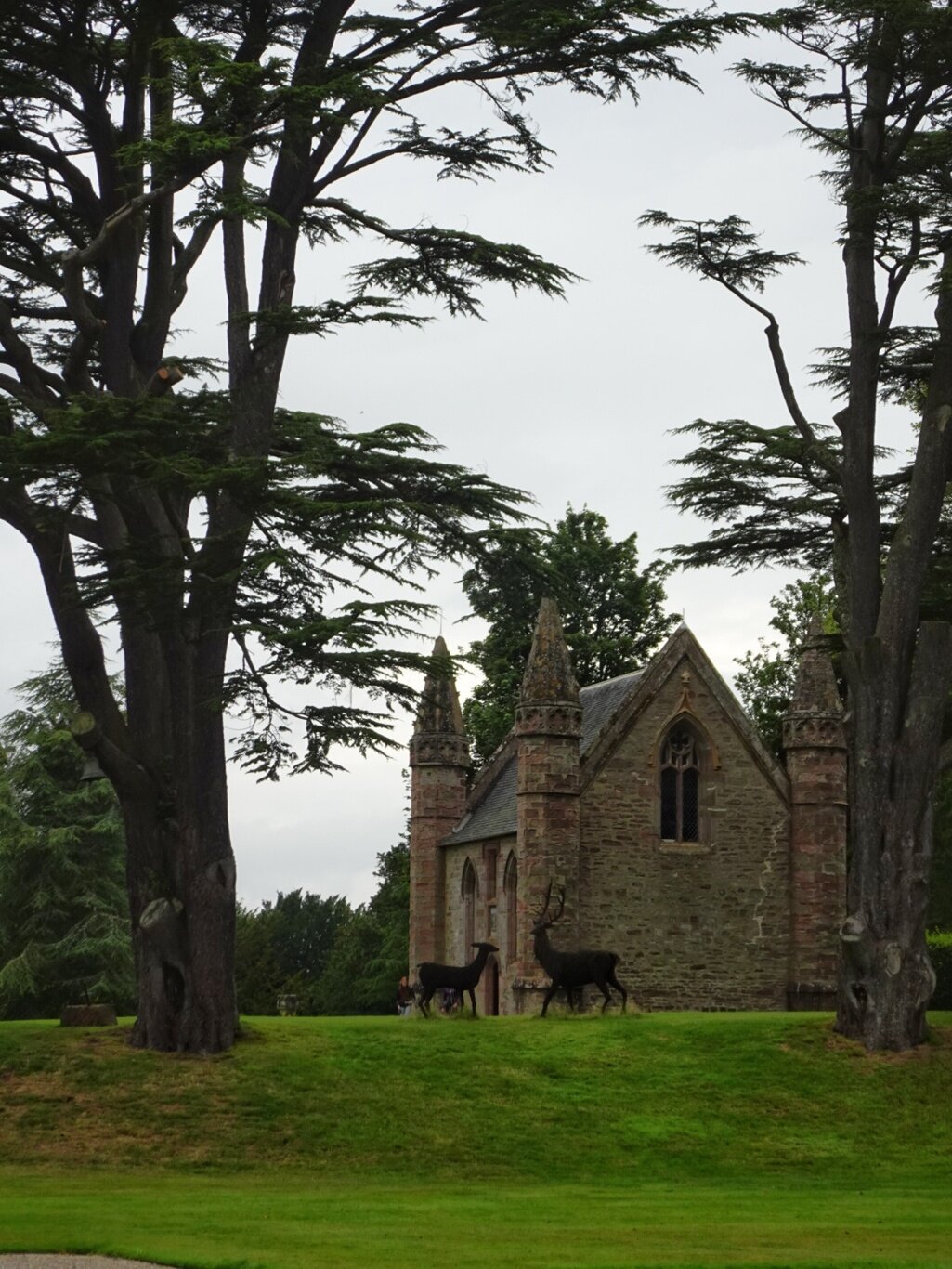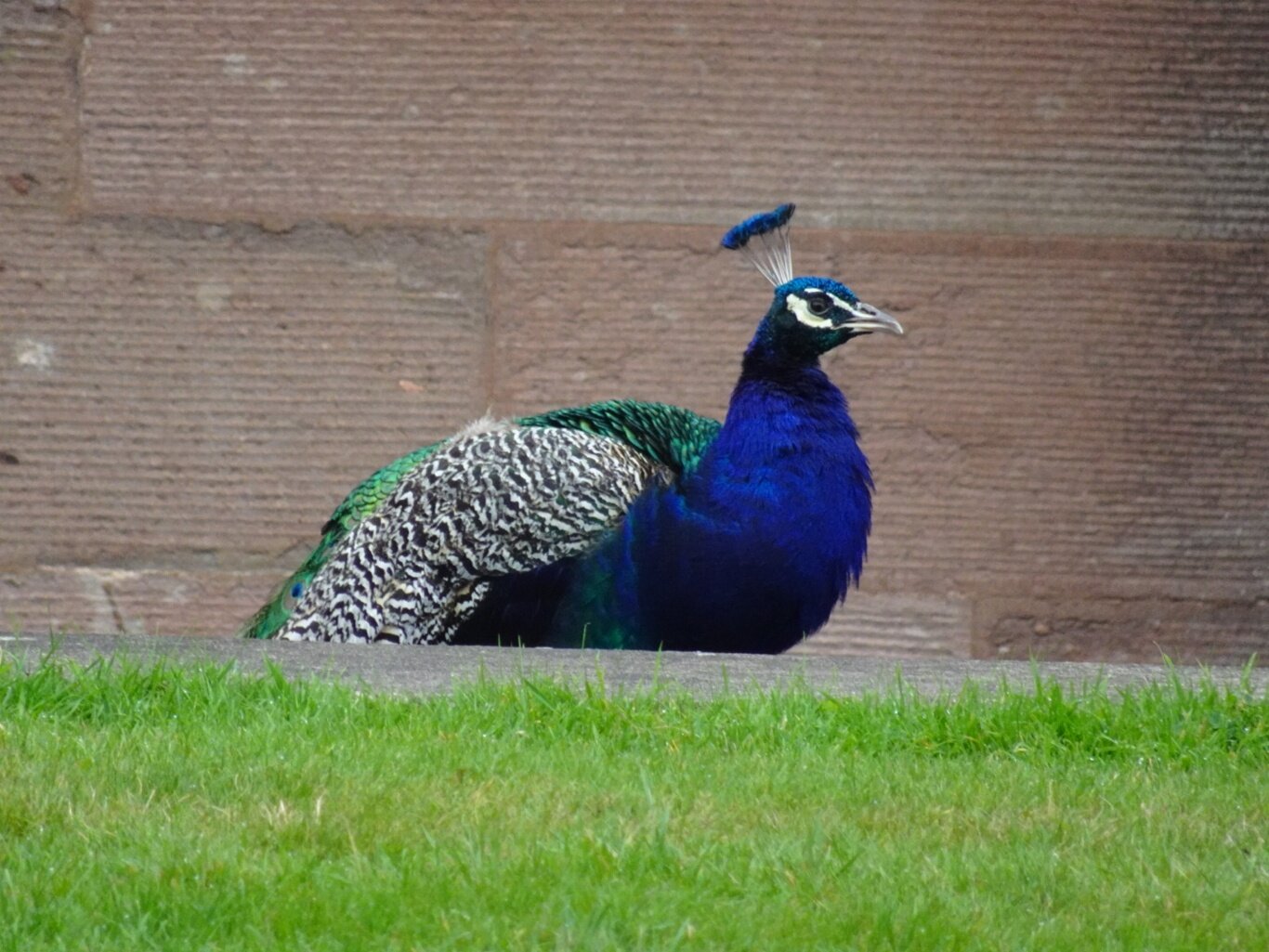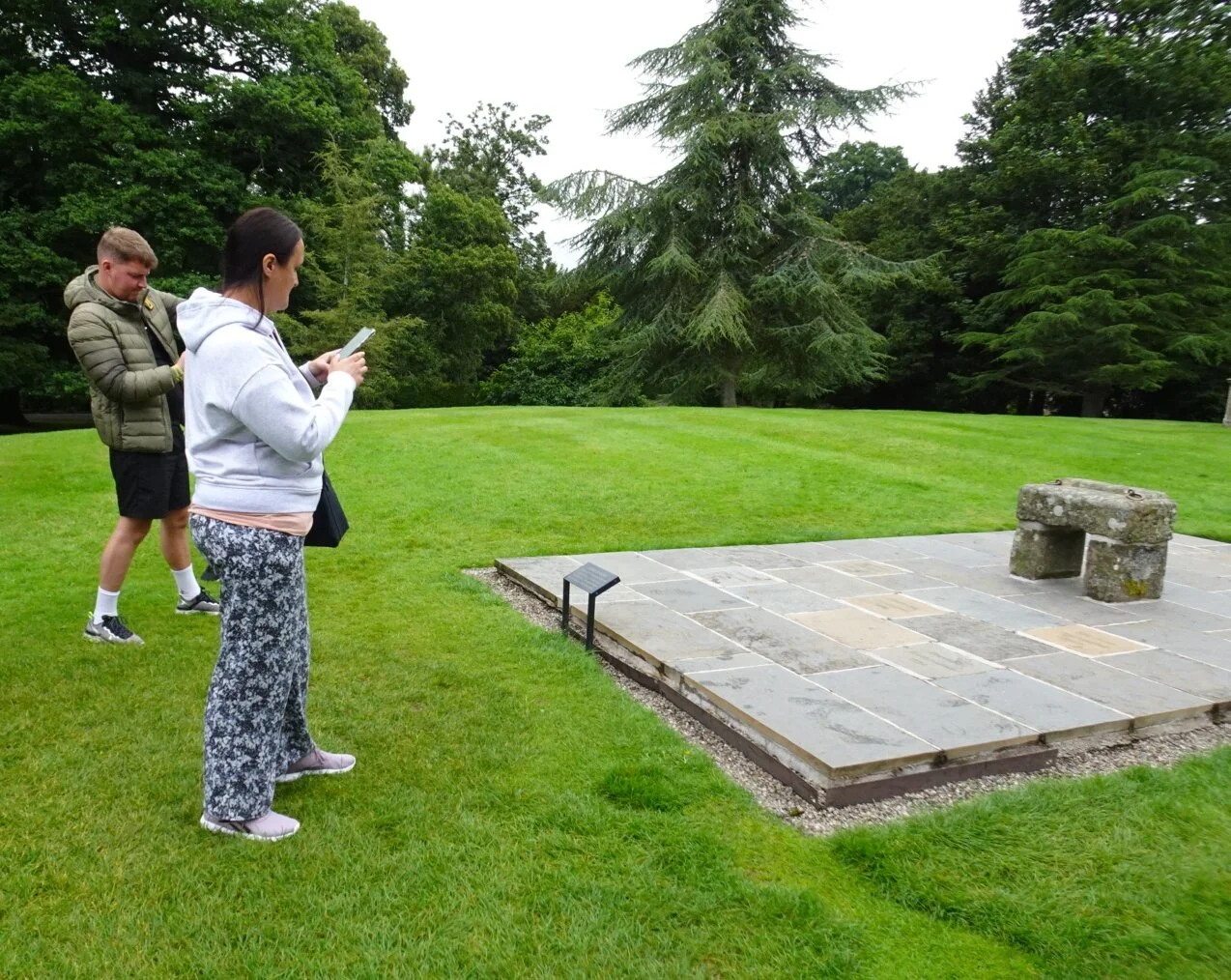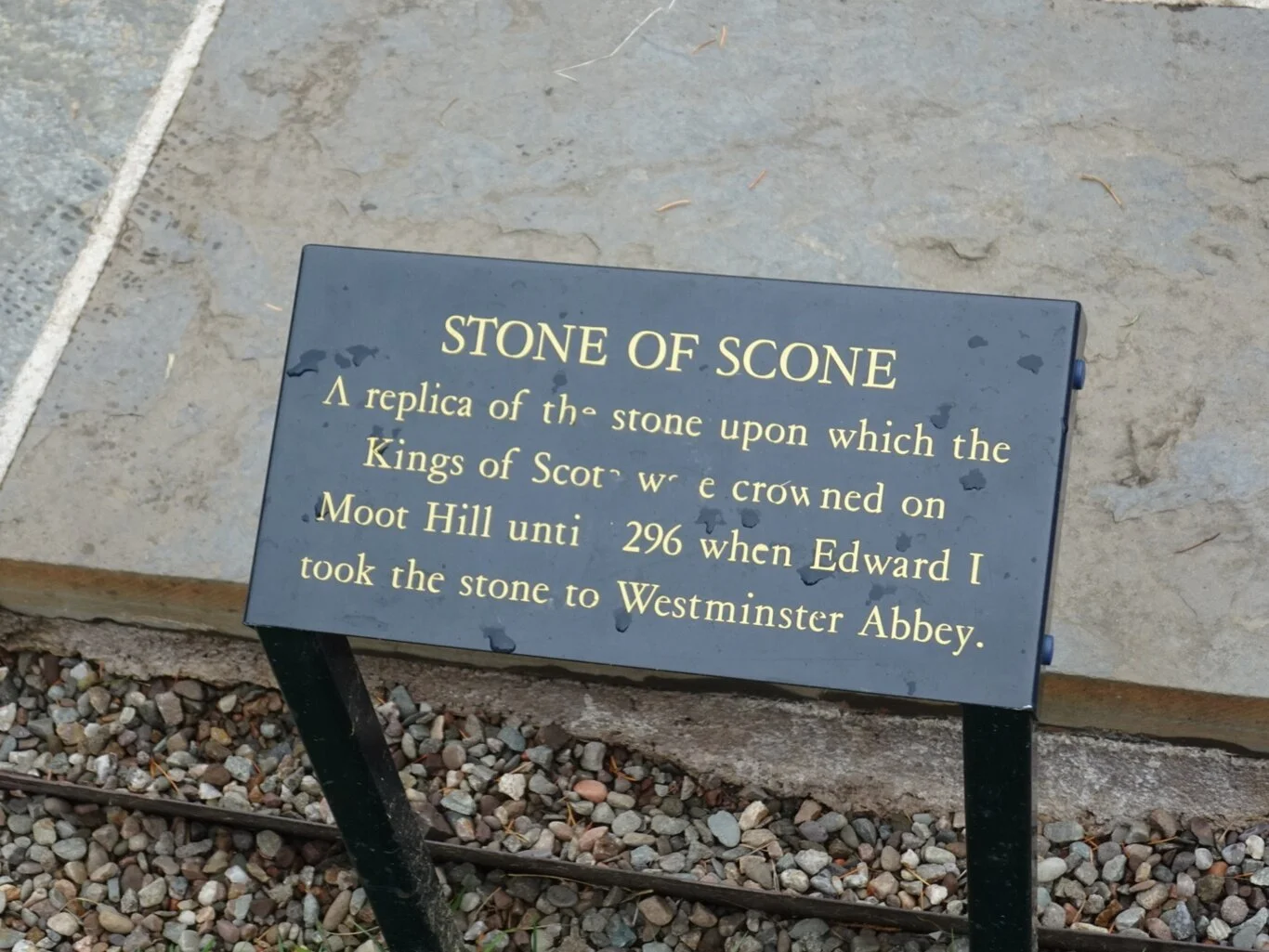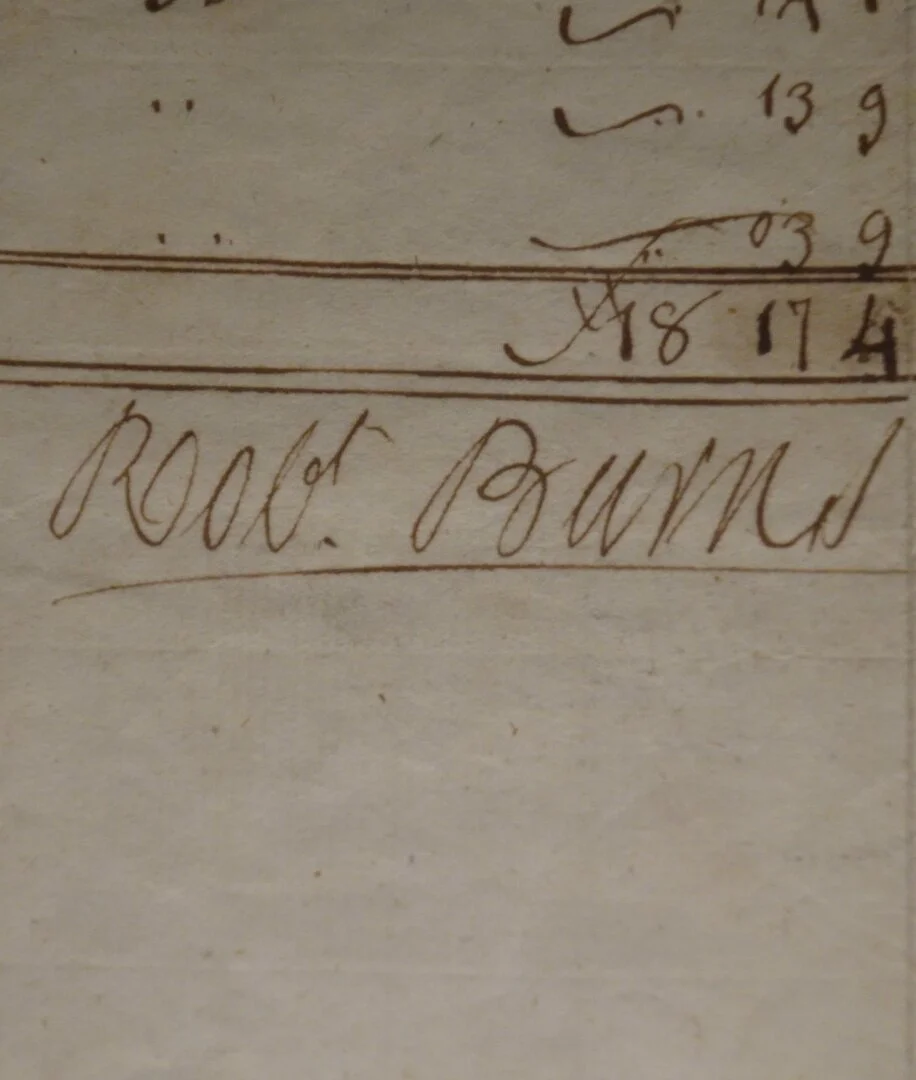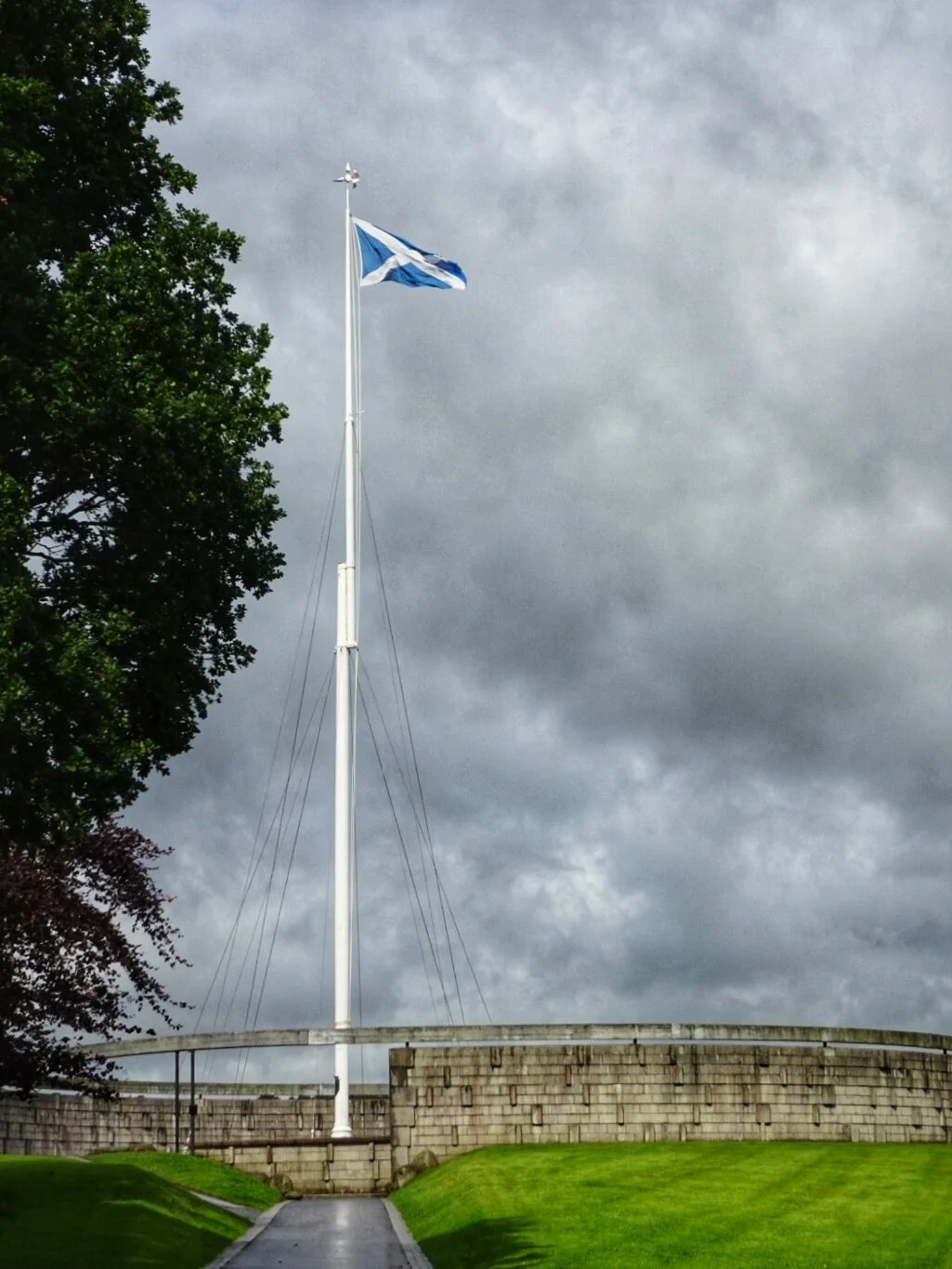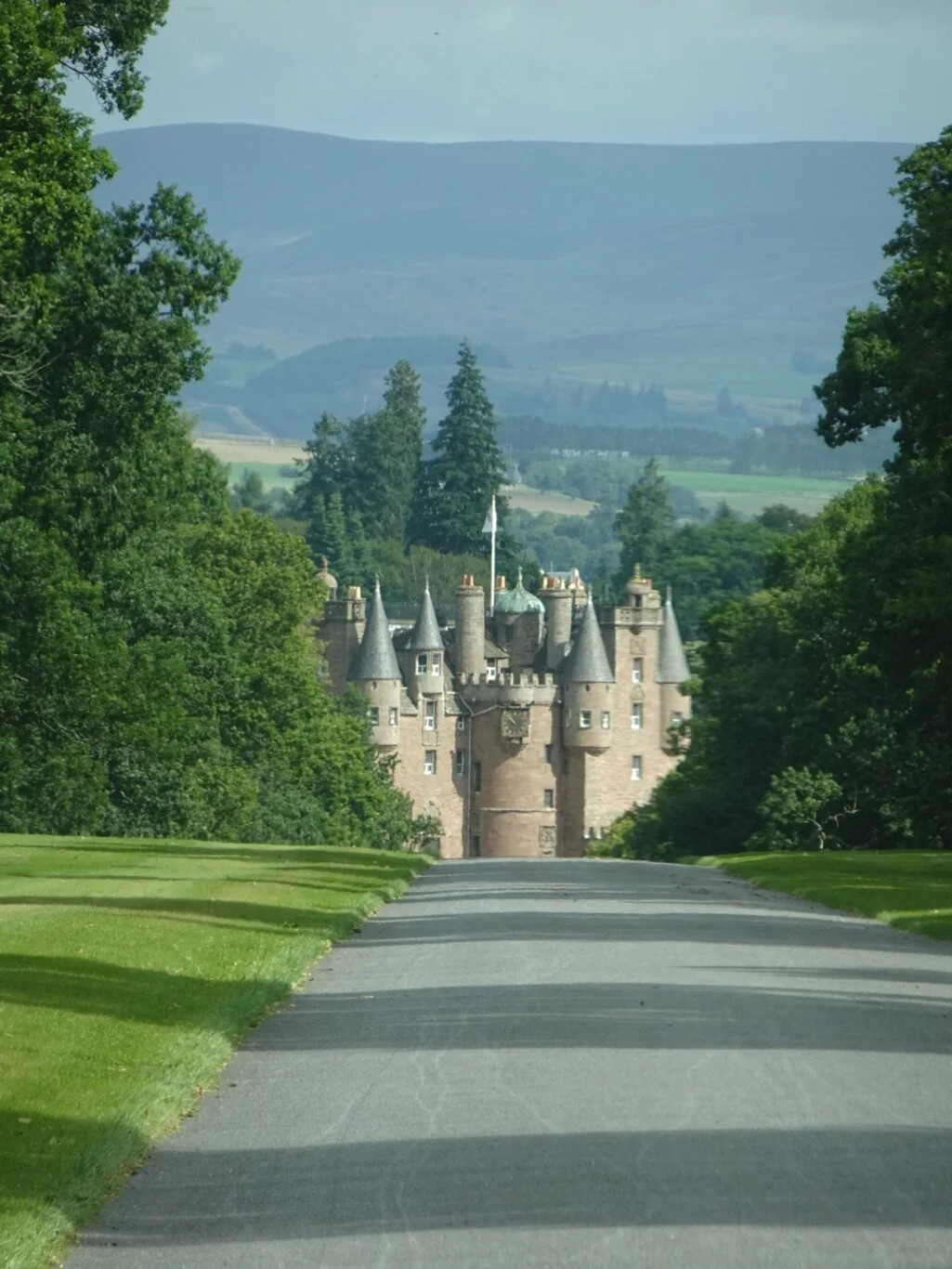Stoned
The thing about gloomy Scottish mornings is that the smallest ray of sunshine falling on a lovely little vase of flowers lifts the spirits out of all proportion.
I’ll write more about Gleneagles and “The Glorious Playground” later, when we’ve completed our stay. Suffice to say that it was busy busy busy when we called for our car this morning and with a stark reminder that "we’re not in Kansas any more”, we were gently advised that it would be quicker to simply go and get it ourselves.
In Mary’s absence, Ian the bear has stepped up to assume co-driver status.
Meanwhile, I’m faffing around making sure I have everything to hand. These pandemic days demand a few extra bits and pieces, so I check off mask, hand san, water bottle, sunglasses and my small purse with my phone, camera, notebook and pencil and credit card. All set with mileage recorded, we’re ready to go.
We’re headed for Scone Palace this morning. That’s “Scoon” and not “Scon” or “Scown”. Our route takes us through Perth, where another series of roadworks is disrupting the whole of the city. The Palace website had warned is that there would be delays, so we are simply thankful that today, they were not too bad.
Once through the city centre, it wasn’t far to our destination and we were there in good time for our 11am timed entry.
The Palace is not as grand or imposing as we’d imagined, given that it provided the setting for so many important events in Scottish history.
Once we began our tour, we learned from Jason, our guide, that the small chapel opposite the entrance was built on the original site - the “moot hill” or Pictish meeting place where ceremonies would have taken place. There had also been an abbey here, but nothing of that remains. The residential Palace is home to the Earl of Mansfield and his family and for the next hour or so, Jason showed us around.
As is usual in such places, no photographs were allowed inside the palace, so I’ll simply suggest you take a look at the website to get a feel of the interior. Many of the most elaborate furnishings - including a silk wallcovering in the drawing room - had been installed for the visit of Queen Victoria in 1841. She arrived in time for dinner and left the following morning, having spent all of 16 hours in the palace. Who knows how much money was spent preparing for those few hours?!
Of course, the history of this place centres on the Stone of Scone, or as Jason referred to it, “The Stone of Destiny” on which Scottish kings were crowned. The real stone (or the one that someone switched at last minute) was taken to London by Edward 1 and placed in Westminster Abbey. It was then stolen, possibly switched again, broken in two, maybe switched back, hidden….who knows?! What is generally accepted to be The Stone of Scone was returned to Scotland in 1996 and it is now in Edinburgh Castle. However, after renovations to Perth City Hall, it may well find itself returned closer to its original location before too long.
One thing is sure - neither the stone under the replica throne on display, nor the one outside on the Moot Hill is the accepted real Stone of Scone.
Even though there was a reasonably clear sign stating that it was a replica, there was still a queue to take a photo.
And just to totally confuse the story further, the stone nearby that has a sword stuck in it has nothing whatsoever to do with all of this. Even I, who knows nothing about history can confirm that.
Whose bright idea was it to put that there then, I wonder?







